Nara Yamoto 4 Temple Pilgrimage
| Travel Reports by mfedley | view profile of mfedley |
| previous post |
| next post |
| Note: The opinions and views expressed in this user report are those of the individual author and do not necessarily reflect the opinions and views of japan-guide.com. |
June 22, 2017 - Nara Yamoto 4 Temple Pilgrimage
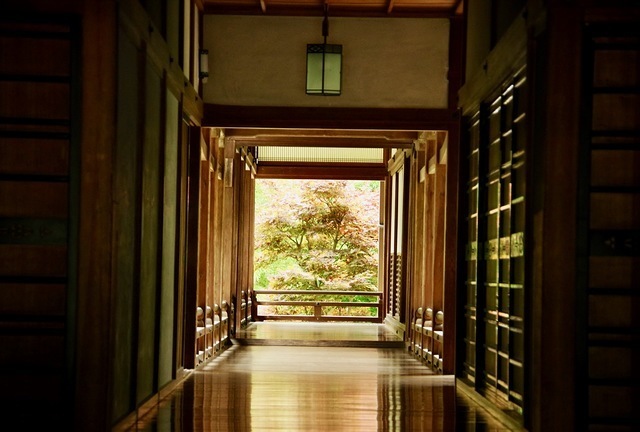
Since Nara Prefecture is known for being the cradle of Japanese civilization, it should come as no surprise that it's also home to some of the oldest temples found in Japan. Due to this, I visited the temples which make up the "Nara Yamato 4 Temple Pilgrimage". The temples visited includes:
(1) Muro-ji Temple (600 yen)
(2) Hasedera Temple (500 yen)
(3) Abe-Monjuin Temple (700 yen with tea and sweet)
(4) Oka-dera Temple (400 yen)
It should be noted that these temples are not the easiest to get too, so a car helps a lot. Do also note that all locations have paid parking (500 yen each temple) with little in the way of alternative free parking.
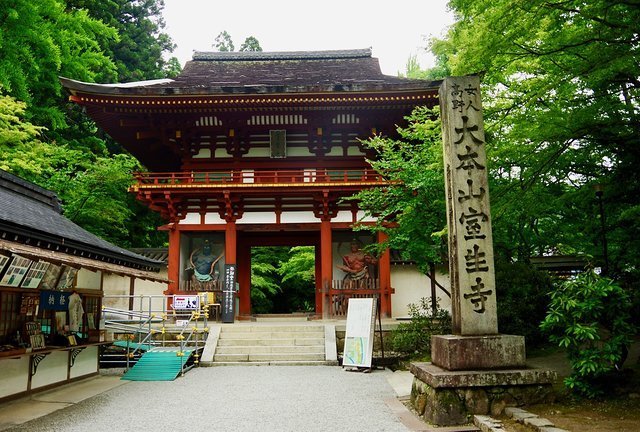
For my first stop of the day, I visited the leafy Muro-ji Temple which is also known as the womens Koya temple. The temple is most famous for it's autumn colours along with it's three national treasures, with the 5 storied pagoda which originates from the 8th century being it's main draw card.
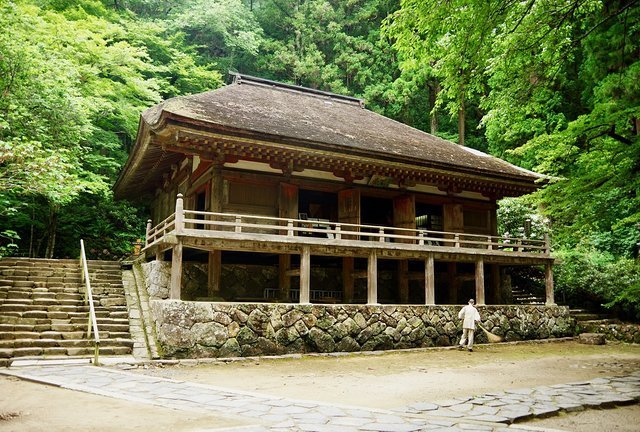
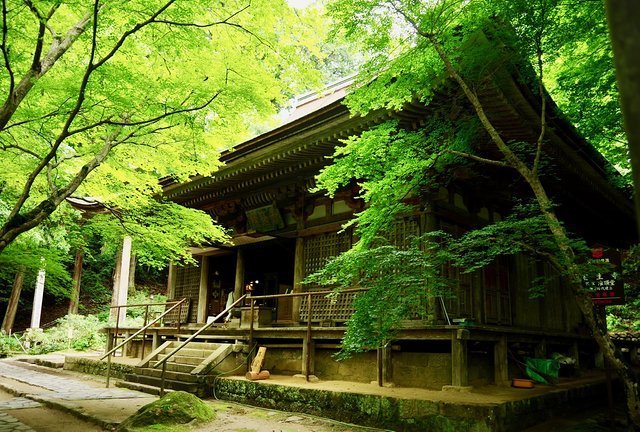
Each of the 4 temples is known for a specific Buddha with this temple being known for Shaka-Nyorai, or the Buddha of Enlightenment. This Buddha was made in the 8th century and can be found in the Kondo-Hall, which was built in the 9th century.
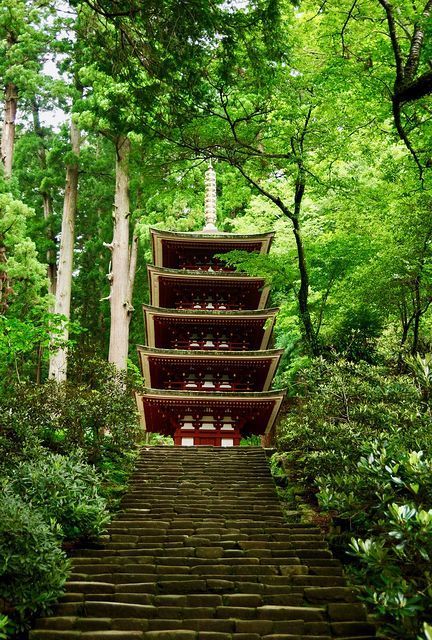
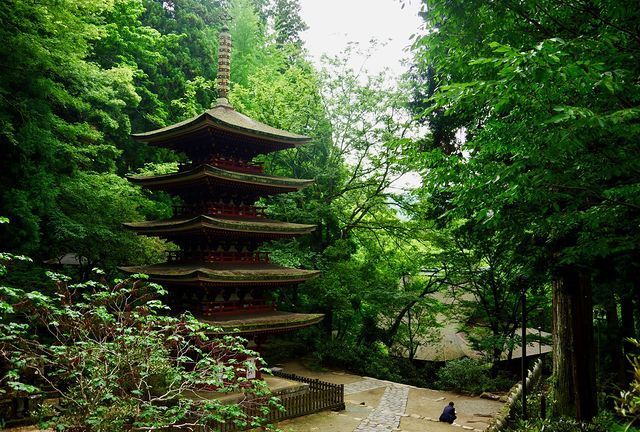
If you wish to visit the Okunoin, it's a further 700 stairs up a very leafy hill. Due to the fact that I'm kind of over stairs, I gave this part a miss.

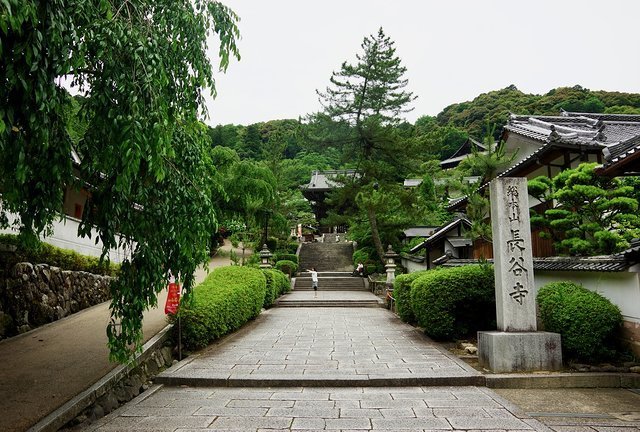
My second temple for the day was Hasedera Temple, which should not be mistaken for Hasedera temple in Kamakura. Do note that both include large numbers of Hydrangeas. This temple is the most built up of the 4 in relation to buildings and facilities.
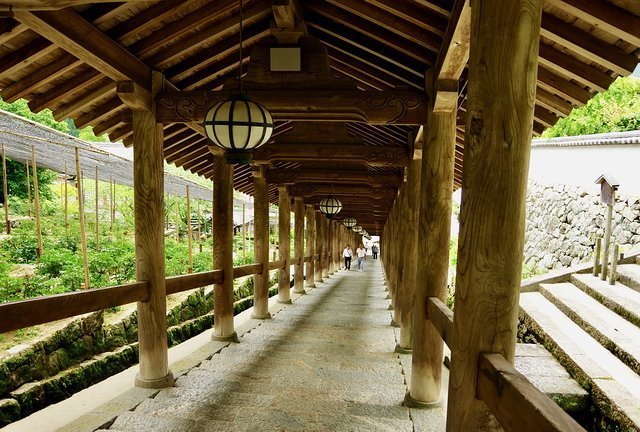
Hasedera is known for Juichimen Kanzeon Bosatsu, or the Buddha of Compassion. This large statue was rebuilt in the 1500's and is found in the main hall. It's also possible to pay extra to twice a year to touch it's sacred feet.
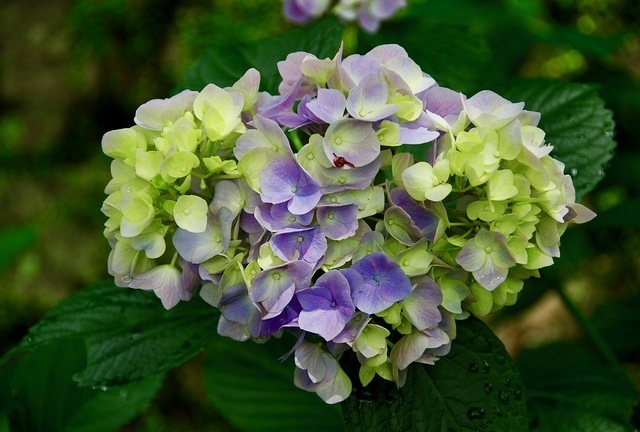

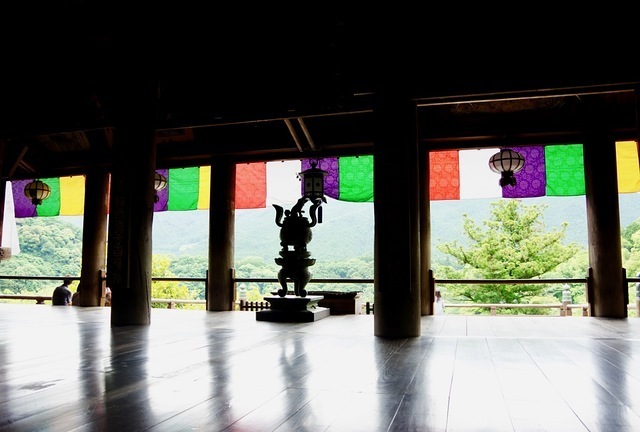
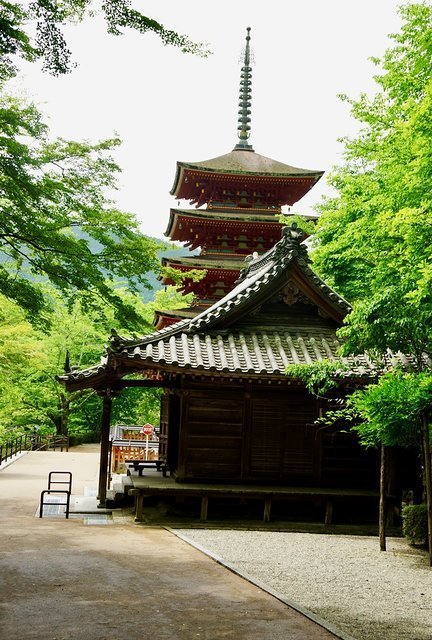
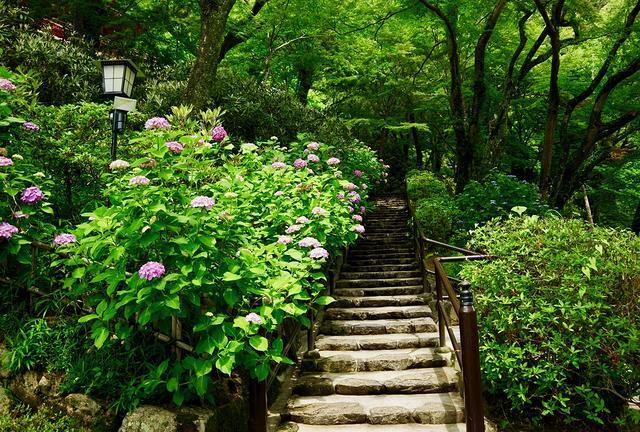

As mentioned before, Hasedera has lots of Hydrangeas which is also collectively known on Honshu as the flower which blooms at the start of the rainy season.
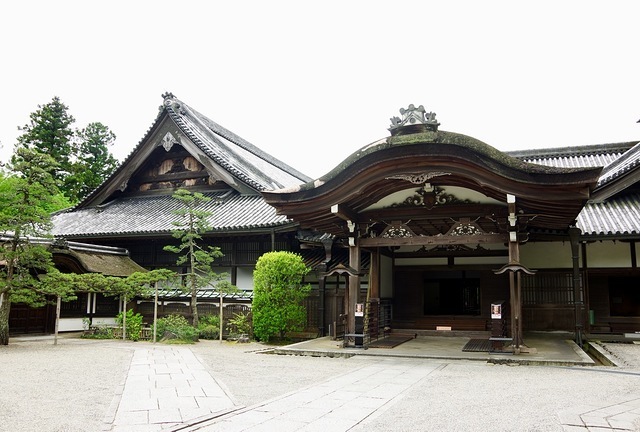
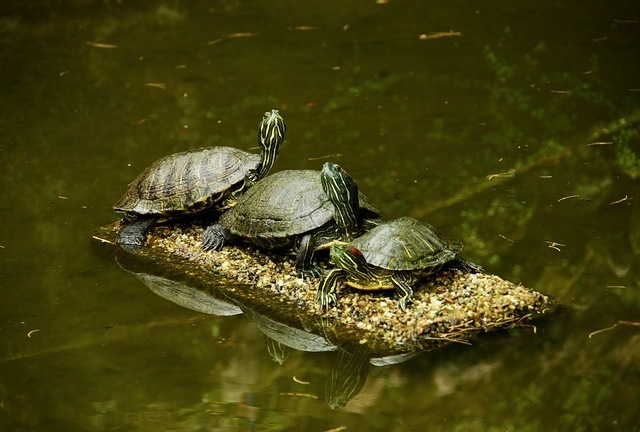

The third temple I visited for the day was Abe-Monjuin Temple, which costs 700 yen to visit the Hondo Hall (includes many old statues, plus you get tea and sweets) or 700 yen to enter the Ukimi-do Hall (pictured above, it includes some more statues and you also get an amulet and Shichimairi-fuda paper).
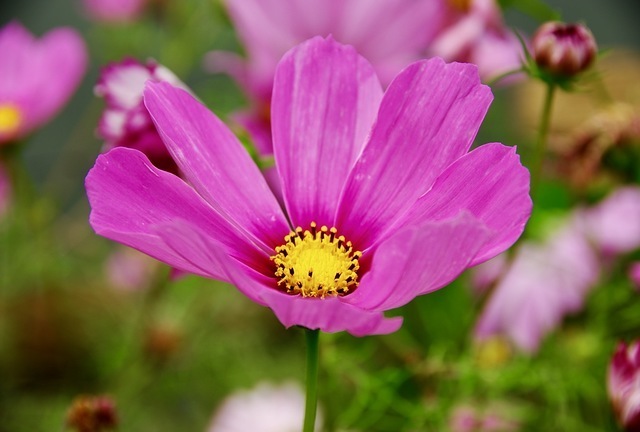
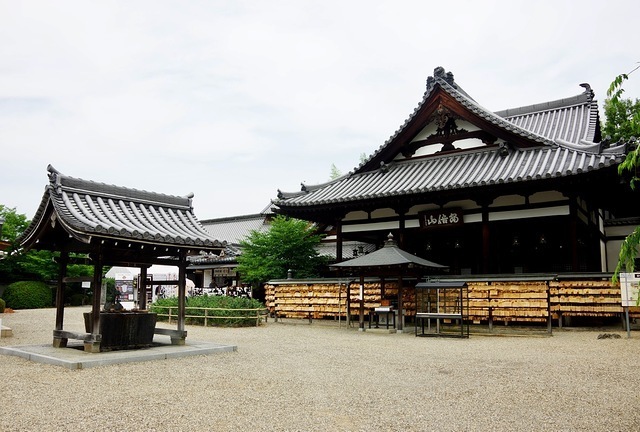
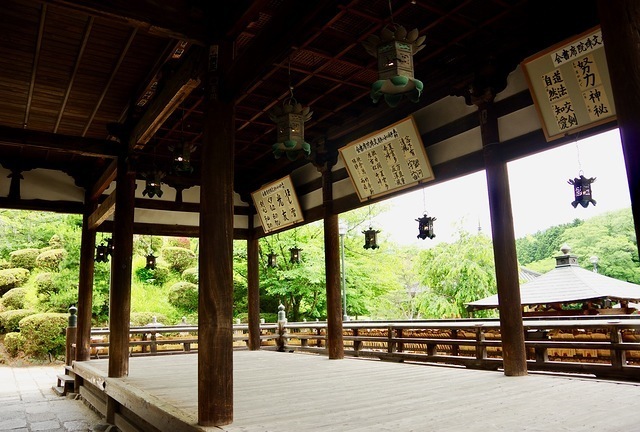
This temple does not have the most impressive grounds of the 4 visited today, but I was highly impressed by the Tokai Monjyu statue which was built in the 13th century. It is also a national treasure. The main Buddha for Abe-Monjuin Temple is Abe, the Buddha of Wisdom.
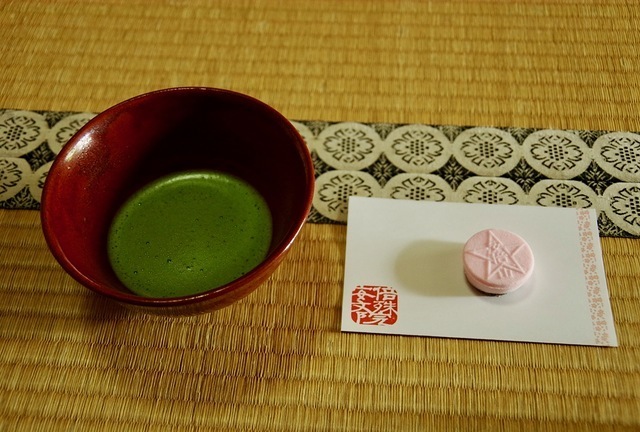
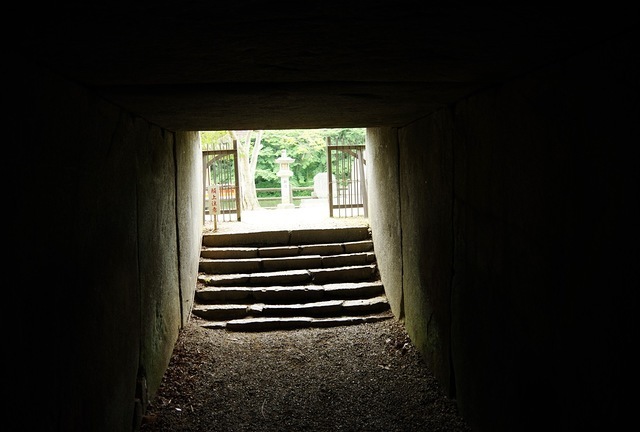

If there is one thing this temple is not lacking, it's historic affects. This shrine dates back to the Muromachi Period (1336-1573). Also note that this temple was originally founded in 645AD, which makes it one of the oldest temples in Japan.
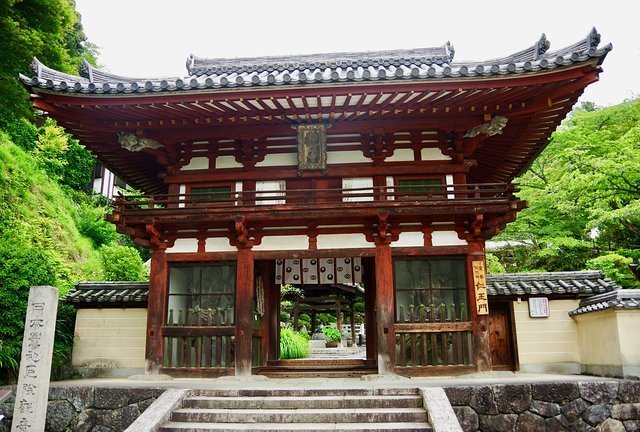
My last temple for this blog post is Oka-Dera, which is located very close to Asuka. It's a little bit out of the way and I don't know if there is a bus that can take you to the door of this temple, unlike the other three temples. Oka-Dera was first built in 663AD and is known for Oka, the Buddha for granting wishes.
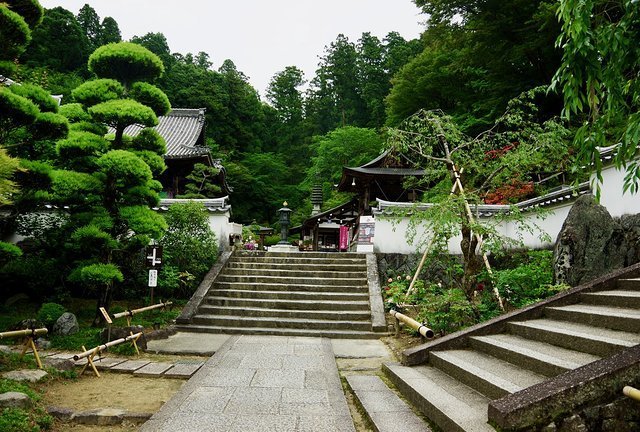
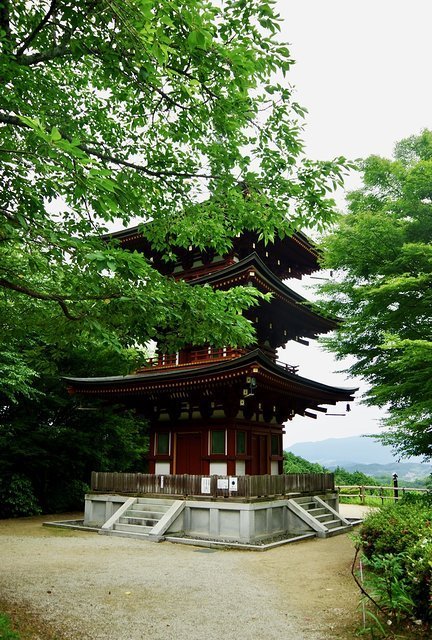
Another highlight of the temple is the 4.6 meter clay buddha which was built in the 8th century. It can be found in the main hall. As always, no photography is allowed in this section.
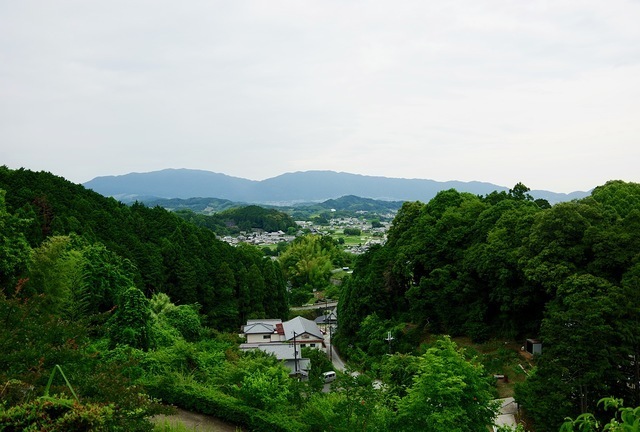
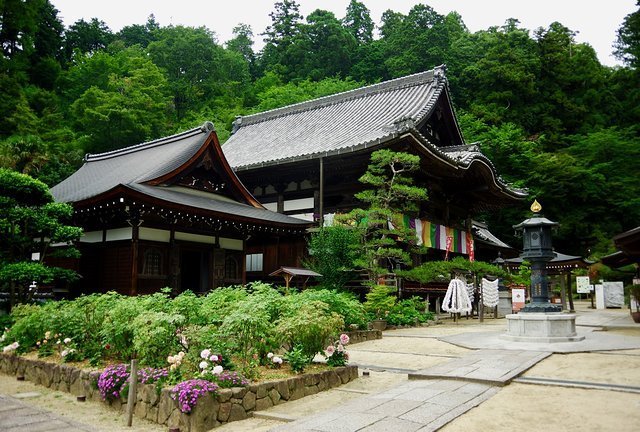
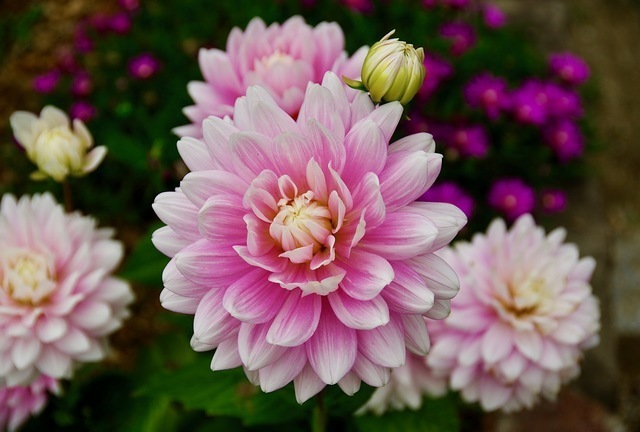
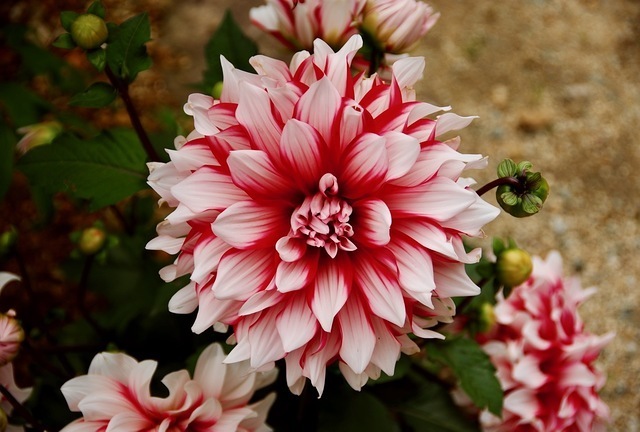
After the slight disappointment of the temples in Yoshino, these temples were a good highlight and give Kyoto a run for their money. Do note that prices do add up once you include car parking, hiring a car and getting into the temples though. These temples would look spectacular in autumn though. For my next post, I'll be covering the other locations I visited around Asuka and Sakurai today.
Further information:
Nara Yumoto Pilgrimage: http://www.nara-yamato.com/index.html (English)
| previous post |
| next post |